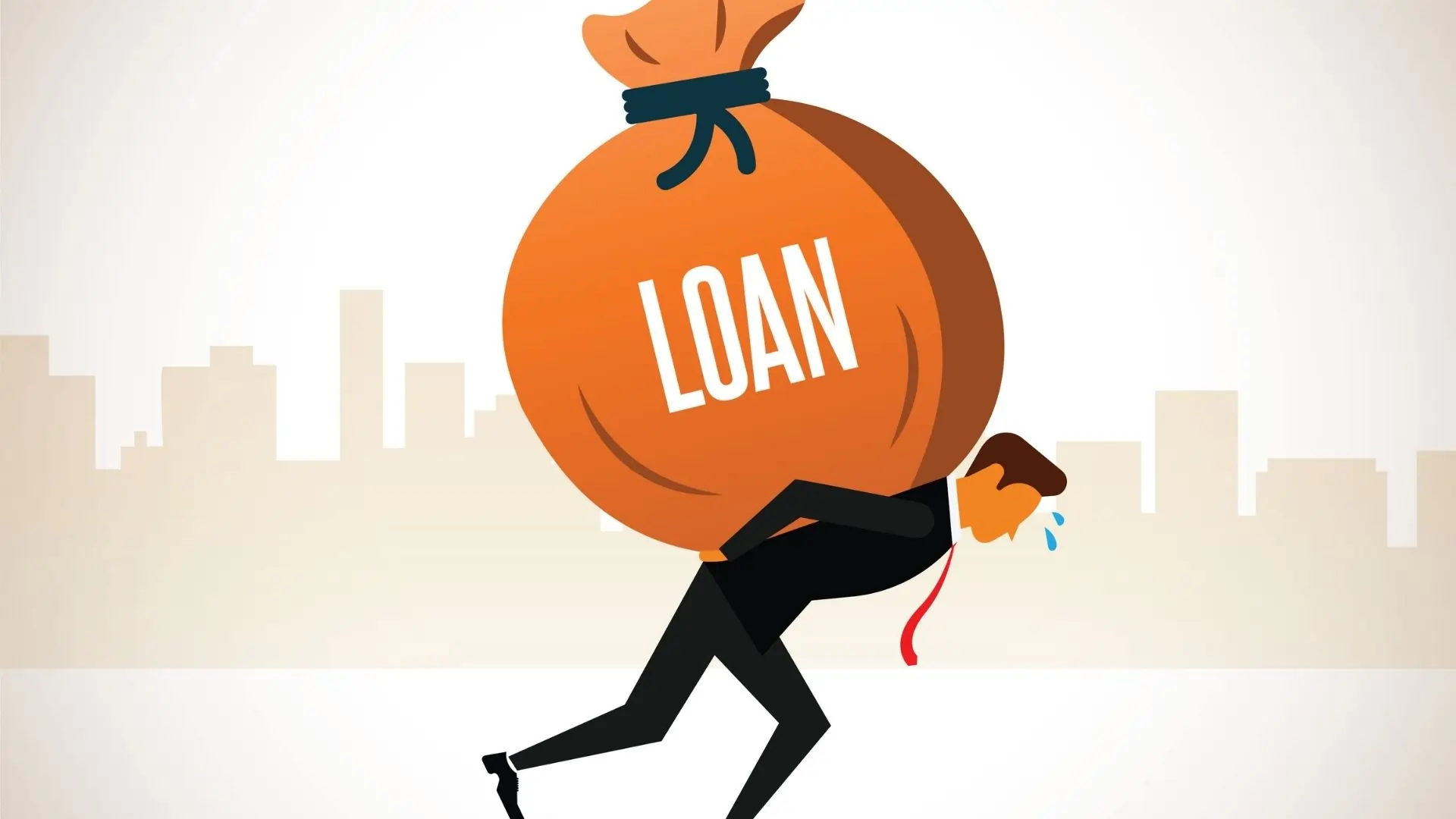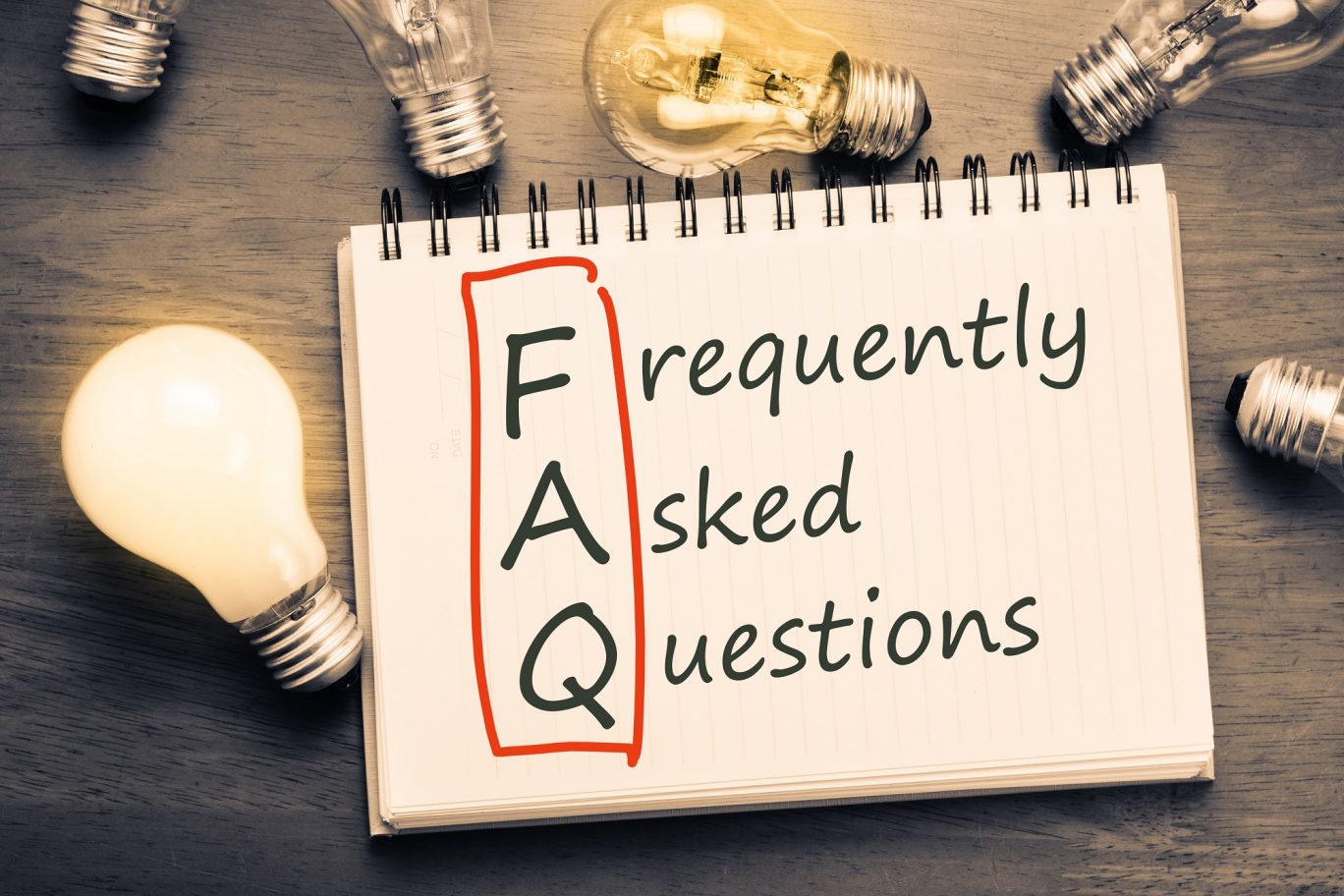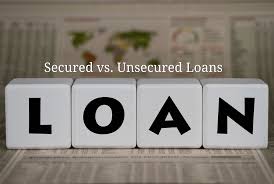The convenience and speed of online loans have made them a popular option for Australians seeking quick access to funds. However, this same accessibility makes the online lending landscape fertile ground for scammers. Online loan scams in Australia are a serious and growing threat, preying on vulnerable individuals, particularly those in financial distress or with weak credit scores. These scams can lead to significant financial loss, identity theft, and severe emotional distress. This comprehensive guide will detail common tactics used by online loan scammers, how to identify red flags, and crucial steps to take to protect yourself and report fraudulent activities in Australia.
How Online Loan Scams Work
Scammers often impersonate legitimate lenders, use deceptive advertising, or promise guaranteed approvals to trick victims. Their primary goal is to extract upfront fees, personal information, or access to your bank accounts.

Common Scam Tactics:
- Advance Fee Scams (Most Common):
- Modus Operandi: The scammer approves you for a loan (often with unrealistic terms, like very low interest rates despite your bad credit), but demands an upfront fee before releasing the funds. This fee might be called an “administration fee,” “insurance,” “tax,” or “guarantee fee.”
- The Catch: Once you pay the fee, the loan never materialises, and the scammer disappears. They may continue to demand more fees, claiming new obstacles.
- Red Flag: Any request for an upfront payment before receiving the loan funds. Legitimate lenders deduct fees from the loan amount or include them in repayments.
- Phishing for Personal Information:
- Modus Operandi: Scammers create fake websites or send phishing emails/SMS messages that look like legitimate loan applications or communications from well-known lenders. They ask for extensive personal and financial details (e.g., full name, address, date of birth, bank account numbers, driver’s licence, passport details, superannuation info).
- The Catch: This information is then used for identity theft, to open fraudulent accounts in your name, or to access your existing accounts.
- Red Flag: Unsolicited communication (email/SMS) asking for personal details, suspicious links, poor grammar/spelling, generic greetings, or pressure to act immediately.
- Guaranteed Approval Scams:
- Modus Operandi: Scammers promise “guaranteed approval” regardless of your credit score or financial situation, often advertising heavily online or via social media.
- The Catch: Legitimate ASIC-licensed lenders are required by responsible lending laws to assess your ability to repay a loan. No legitimate lender can guarantee approval without an assessment. This promise is a tactic to lure desperate individuals.
- Red Flag: Any advertisement that guarantees a loan without a proper assessment, especially for those with “bad credit.”
- Fake Loan Providers/Cloned Websites:
- Modus Operandi: Scammers create websites that mimic legitimate online lenders or create entirely fake ones with convincing designs. They might use similar names or logos.
- The Catch: You apply, provide your details, and potentially pay an upfront fee, only to discover the lender doesn’t exist or is not licensed.
- Red Flag: Check the website URL carefully for misspellings, lack of an Australian Credit Licence (ACL) number (which should be prominently displayed for legitimate consumer lenders), poor quality content, or non-functional links.
- Pressure Tactics and Urgency:
- Modus Operandi: Scammers create a sense of urgency, insisting that you must apply or pay a fee immediately to secure a “limited-time offer” or avoid missing out.
- The Catch: This prevents you from taking time to research, verify, or seek independent advice.
- Red Flag: Unreasonable pressure to make quick decisions or payments.
How to Protect Yourself from Online Loan Scams
Vigilance and a healthy dose of skepticism are your best defences.

- Verify the Lender’s Licence (Crucial!):
- For consumer loans, all legitimate lenders in Australia must hold an Australian Credit Licence (ACL) issued by ASIC.
- Search the ASIC Connect Professional Register (connectonline.asic.gov.au) to verify the lender’s ACL and business details. If they don’t have one, or if the details don’t match, it’s a scam.
- Note: Some business lenders may not require an ACL, but for personal online loans, it is mandatory.
- Never Pay Upfront Fees:
- This is the golden rule. Legitimate lenders never ask for an upfront fee before disbursing the loan. Any fees (like establishment fees) are always deducted from the loan amount or included in your repayment schedule.
- Be Wary of Unsolicited Offers:
- Treat any unexpected loan offer (via email, SMS, or social media) with extreme caution, especially if it seems too good to be true (e.g., very low rates for bad credit).
- Check Website and Contact Details:
- Examine the website URL carefully. Look for “https://” (secure connection) and minor spelling errors.
- Check for a physical Australian address and a working Australian phone number. Call the number to verify.
- Legitimate lenders will have professional, well-maintained websites.
- Read Reviews and Research:
- Search for reviews of the lender online. Look for independent reviews, not just testimonials on their own site. Be wary if there are no reviews or only overwhelmingly positive, generic ones.
- Guard Your Personal Information:
- Only provide sensitive personal and financial information on secure, verified websites.
- Be cautious about how much information you share online, especially on social media.
- Don’t Be Pressured:
- Take your time to consider any loan offer. A legitimate lender will give you time to read the terms and conditions and seek advice.
- Understand Responsible Lending:
- Remember that ASIC’s responsible lending laws require lenders to assess your affordability. A “guaranteed loan” is a clear sign of a scam.
What to Do If You Suspect or Are a Victim of a Scam
Act immediately if you suspect a scam or have been targeted:
- Stop All Communication: Cease all contact with the suspected scammer.
- Do Not Pay Any More Money: Under no circumstances send any further payments.
- Contact Your Bank Immediately: If you have paid money, provided bank details, or suspect fraudulent activity on your accounts, contact your bank or financial institution immediately. They may be able to stop transactions or secure your accounts.
- Report the Scam:
- Scamwatch (scamwatch.gov.au): This is the primary government website for reporting scams in Australia. Your report helps them track and warn others about new scams.
- Australian Cyber Security Centre (cyber.gov.au/report): Report cybercrime, including phishing and identity theft related to scams.
- IDCARE (idcare.org): If your identity has been compromised, IDCARE is a free national service that can help you recover and protect yourself.
- Police: If you have lost a significant amount of money or believe a serious crime has occurred, you can report it to your local police.
- Change Passwords: Change passwords for all your online accounts (banking, email, social media) if you believe your personal information has been compromised.
- Warn Others: Inform friends and family about the scam.
Conclusion: Stay Informed and Vigilant
Online loan scams in Australia pose a significant threat, leveraging the urgency of financial need against unsuspecting individuals. The best defence is to be informed, exercise extreme caution, and recognise the tell-tale signs of a scam – particularly requests for upfront fees and promises of guaranteed approval. By only dealing with ASIC-licensed lenders, verifying their credentials, and being acutely aware of common scam tactics, Australians can protect themselves and their finances from these predatory schemes. If in doubt, always err on the side of caution and seek independent advice or report your suspicions to Scamwatch.













